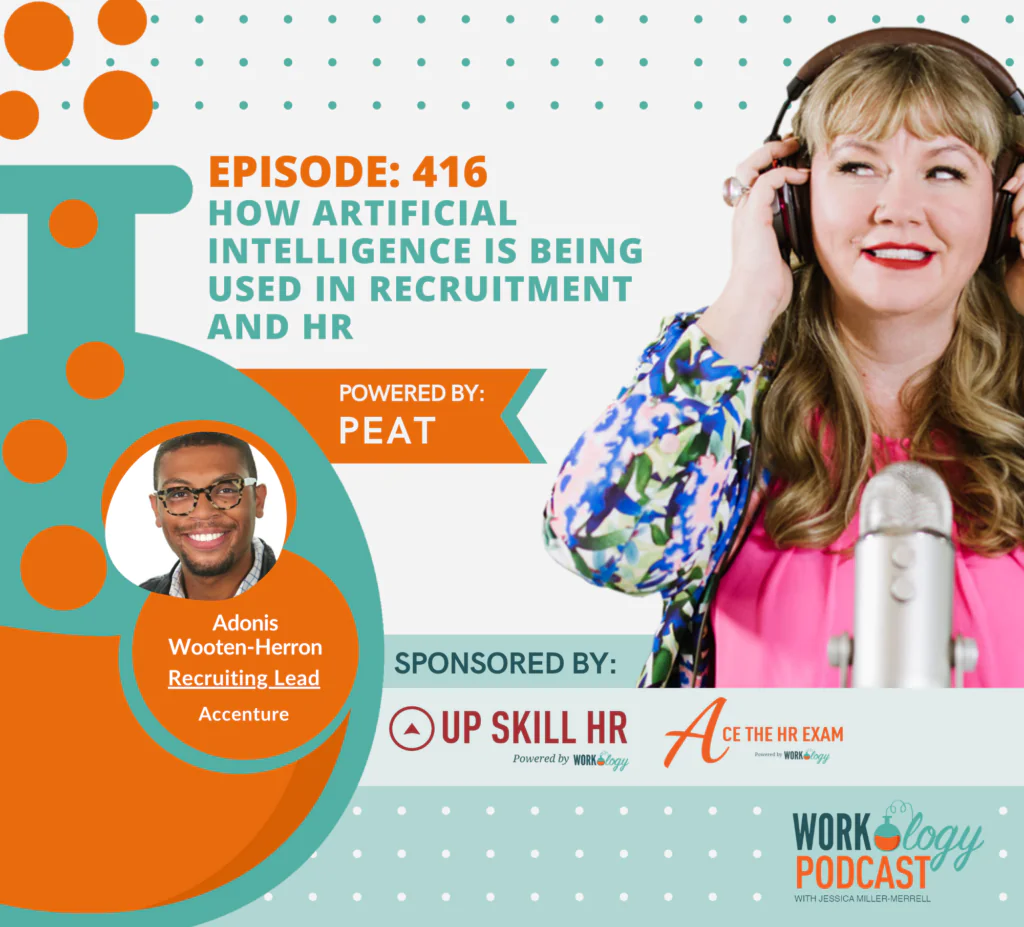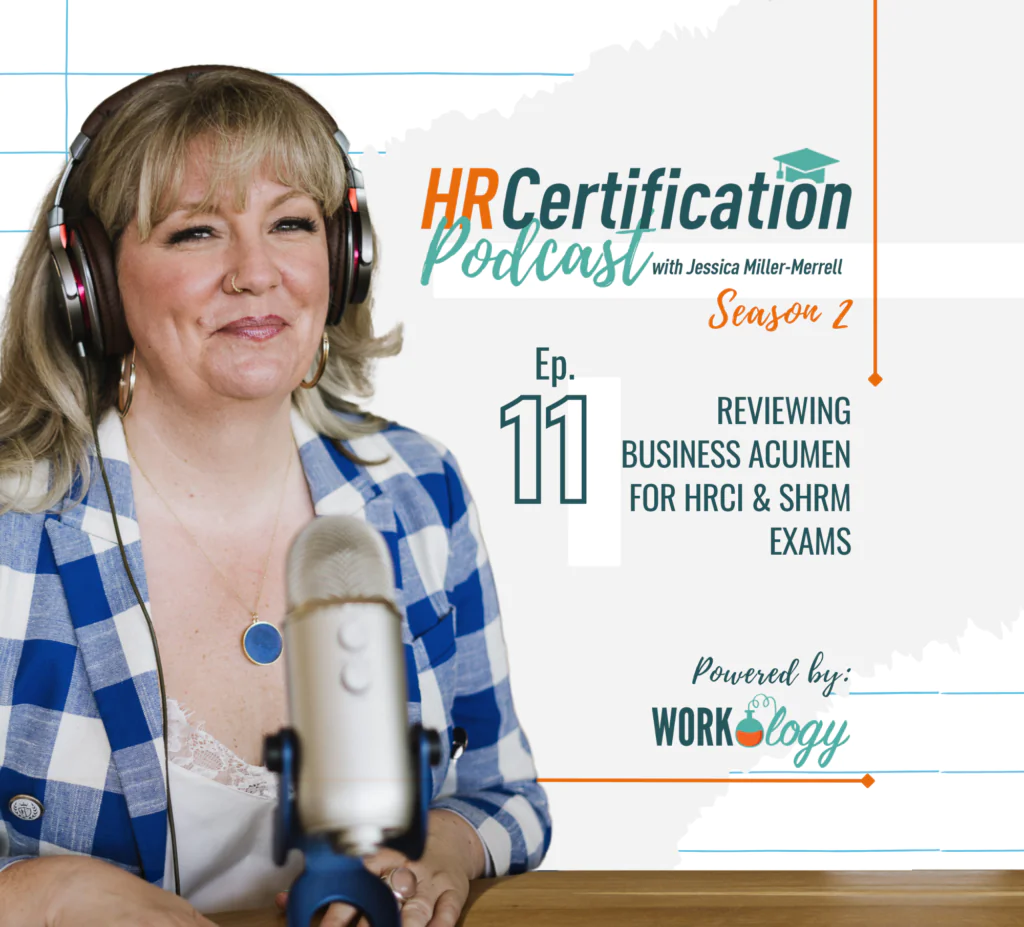This may just be the year of the contingent workforce. The numbers are staggering. According to Staffing Industry Analysts’ U.S. Staffing Industry Forecast, the staffing industry in the U.S. will grow 6% in 2015 to a market size of $115 billion. Globally, the numbers are even bigger, particularly in Asia, whereas much as 20% of the workforce is contingent. One study predicts that eventually, 25% of the global workforce will be contingent. However, organizations shouldn’t jump on the bandwagon without a clear talent strategy as to how to hire, onboard, and manage them. As important is finding the right balance between permanent and contingent, and integrating them both into an efficient organization.
Keys to Scaling Your Contingent Workforce
Balance
The first order of business for an organization when developing a talent strategy is determining the right ratio of contingent to permanent. While a contingent workforce has long been a tool for organizations wanting to stay nimble during the ebbs and flows of economic or business cycles, in a thriving economy there can be more risk. The efficiencies of optimizing for size must be balanced against the hidden costs. For example, organizations that rely too heavily on contingent workers may find critical roles suddenly unfilled as contracts come to an end and skilled freelancers move on to more interesting or higher paying gigs. Furthermore, the difficulty in building a promoting a healthy company culture is difficult without the stability of the permanent workforce. And let’s not forget the institutional knowledge that develops from a tenured workforce.
Integration
Another critical task for management is to maintain an integrated workforce. Historically, few organizations have offered the same experiences to contingent workers that permanent workers enjoy –invitations to the company picnic, to team socials, to “all hands” meetings, and so on. The result is bad morale not just within the contingent workforce, but also the permanent workforce who must work beside them, as well as a degraded customer experience and a resulting hit to the bottom line. This segregation often begins with onboarding. While the onboarding process for contingent workers will and should look different from an administrative perspective, it should be an equally superior experience. New employee orientation, buddy programs and welcome lunches, for example, must be indiscriminate. Ironically, the management of contingent talent has often fallen under the office of Procurement, rather than HR. From a cost control perspective, this is understandable, but as humans and teammates, once onboarded a temp or contractor should feel as much a part of the team as anyone. Doing so will promote trust and alignment in the workplace, and will ultimately lead to more creativity and more production across the board.
Here’s some proof that contingent workers care about the experience: a recent Aberdeen study found that 74% of respondents who chose temporary employment cited lack of employer engagement as the driving reason for leaving. Those are the same people you’re trying to engage as part of your contingent workforce.
Conclusion
In today’s war for talent, the trade-off for workforce flexibility is stability. No longer can an organization assume that highly skilled contractors, freelancers or other non-permanent workers will be ready and willing to fill gaps as circumstances require. Today’s talent is in demand regardless of status, a point that must be acknowledged particularly given the acceptance of contract employment as a viable and respected career path. Organizations desiring to leverage a flexible workforce must first establish an optimal mix that preserves institutional knowledge, and then work exceptionally hard to create a single and cohesive corporate culture.
The benefits of a contingent workforce program can bring a distracting amount of complexity. HR will need to embrace technologies that address the entire workforce (including contingent, of course). At TalentWise, we have developed a single technology platform that gracefully delivers a unique set of tasks, forms and pre-hire screening packages based on employment type (full time, part time, temp, contractor, volunteer, etc). The platform has been designed such that HR can focus on recruiting, onboarding, and engaging top talent across all employment categories. Our technology does the rest, collecting all of the necessary information, forms, acknowledgements, and signatures necessary to get top talent to work.
An integrated workforce of contingent workers and permanent employees, in the right ratio, can be a tremendous competitive advantage. But it is not devoid of risk. HR leaders must unify both workforce administration and culture. Fortunately, technology is here to help.










One Comment
Good article! I strongly agree with the need to integrate contingent workers into the culture of the organization. Also, it’s worth investing in the training and development of contingent workers for all the same reasons. And, if contracting through a temp agency, it’s important to have a positive, collaborative relationship with that agency and work together to onboard temp workers and help them become integrated into the company’s workforce.
Comments are closed.